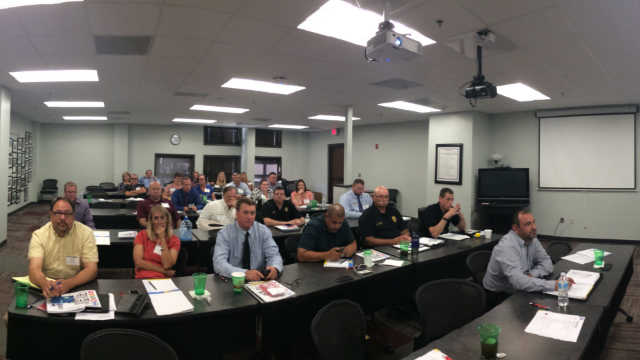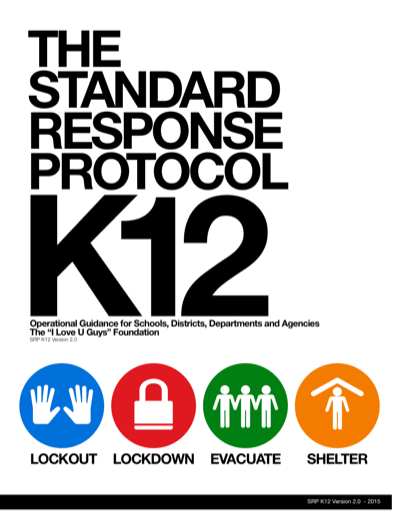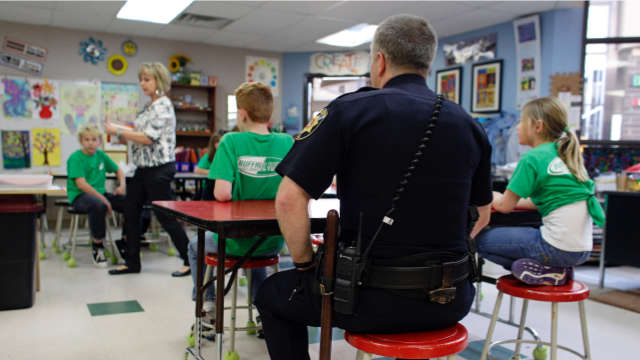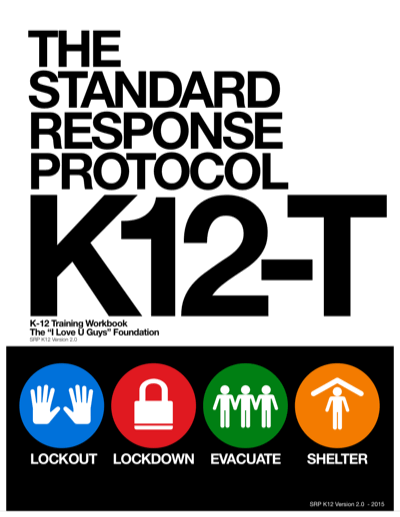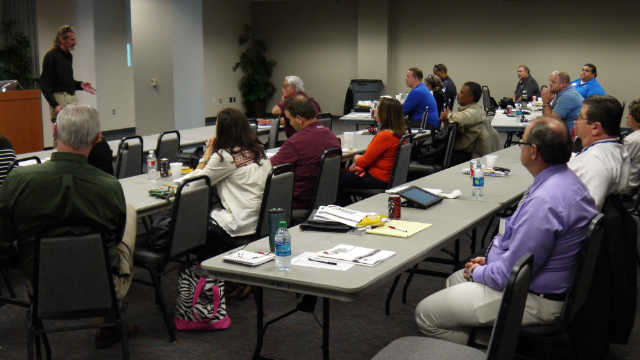Unit 1 – Introductions
Duration
15 minutes
Scope Statement
In this module, participants will receive an overview and schedule of the Introduction to the Standard Response Protocol and the Standard Reunification Method. Participants will complete administrative requirements including registration and training rosters.
Terminal Learning Objective
Participants will recognize the course goal, enabling objectives, course schedule, and course performance requirements.
Enabling Learning Objectives
At the conclusion of this module, participants will be able to
- state the goal and summarize objectives for the course,
- describe the course schedule and complete administrative requirements,
- describe how participant performance will be evaluated, and
- recognize the need for standard practices.
Unit 2 – National Incident Management System and Incident Command System
Duration
30 minutes
Scope Statement
In this module, participants will receive an overview of the National Incident Management System and Incident Command System
Terminal Learning Objective
Participants will gain an understanding of how and why Incident Command should be used in a crisis.
Enabling Learning Objectives
At the conclusion of this module, participants will be able to
- state a brief history of NIMS,
- understand basic Incident Command structure, and
- recognize how it can be used in managing school-based events.
